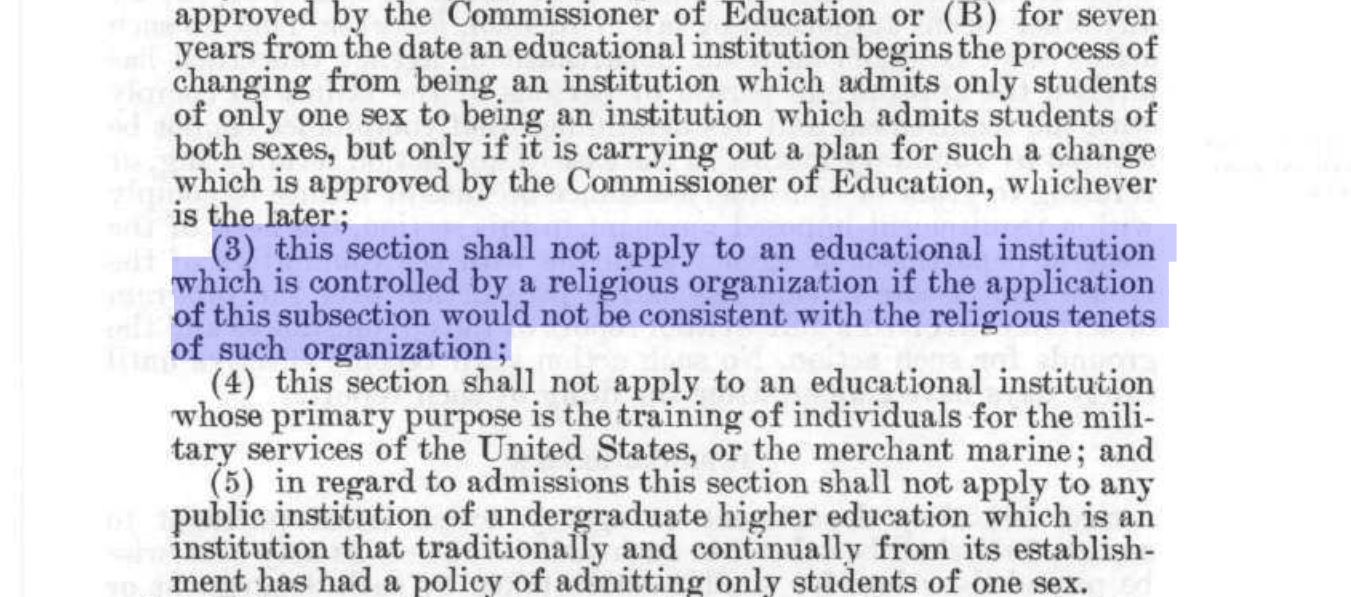
By Jackie Robel, Staff Writer
Higher education has long been a critical piece of the American experience. Harvard was founded as early as 1636 as an institution focused on “preparing young people to take their place as public officials and as ministers in a community where church and state were closely aligned.”[1] Other colleges quickly emerged. By 1769, there were nine colonial colleges, and since then, the growth of colleges and universities has been exponential.[2]
With the rapid growth of these institutions, the government has become increasingly involved in the funding and support of educational endeavors. President Barack Obama has made it a federal goal that “by 2020, America would once again have the highest proportion of college graduates in the world.”[3] This goal has expanded government innovations for dealing with costs of higher education, as well as ever-increasing government spending to enhance federal aid. Pell Grants, educational tax cuts, and low loan interest rates are some of the areas being improved, with the maximum Pell Grant estimated to hit $5,935 in 2017-2018.[4]
Unsurprisingly, as the growth in government investment in higher education continues, the nation has become increasingly concerned about where and how that funding is being utilized. Out of this concern was born a serious question: Should federal monies be spent on religiously affiliated institutions? This issue is difficult for schools that hold religious beliefs that may conflict with federal laws, such as Title IX of the Education Amendment of 1972. Title IX is a “comprehensive federal law that prohibits discrimination on the basis of sex in any federally funded education program or activity.”[5]
An example of where laws such as Title IX have become a problem for religious institutions has been the issue of potential discrimination against members of the LGBT community, particularly transgender students and faculty whose lifestyles may go against an institution’s religious beliefs. One concern is that “[t]he Title IX waiver allows campus administrators to deny transgender students admission, usage of public accommodations and protections against anti-LGBTQ actions from students and faculty — all based on a student’s gender identity.”[6]
In response, religious schools have held firmly that, while they agree with the desire not to discriminate, there are some issues, such as abortion, homosexuality, and gender identity, that go against their long-held statements of faith; thus, enforcing laws like Title IX would infringe upon their institutions’ religious liberty.[7]
In 1987, tensions over federal funding to religious schools that attempted to avoid federal mandates based on religious convictions came to a head in Grove City v. Bell.[8] In this much-publicized case, it was decided that a school receiving any federal funding, even if it was only through its students receiving federal loans, must comply with all aspects of the Education Amendment of 1972.[9]
This case set the stage for future litigation, laying the ground work for the Civil Rights Restoration Act of 1987. This Act clarified that a school that receives any federal funding for any program or sphere of the college must follow all federal mandates.[10]
Religious institutions have primarily responded in two ways. One path has been to fight for exemptions from laws such as Title IX. Currently, 232 schools have received Title IX exemptions — prompting the creation of a watch list for those angered by these exemptions.[11] Exemption requirements are stringent and necessitate that a qualifying institution has a clearly held, religious doctrinal position supporting its belief.[12] This solution appears to be tenuous, however, as it angers groups such as the LGBT community that institutions may avoid following laws designed to protect certain classes.[13]
Because of the conflict over the exemption solution, a number of schools have been taking the route of Grove City College, which decided to stop accepting federal funding to decrease government involvement with its campus.[14] Even schools with exemptions are being forced to consider this second option; attitudes toward exemptions tend to be hostile, and funding may be refused in upcoming years.[15]
Ultimately, there is no easy answer to this issue as the nation seeks to address marginalized needs, while still protecting the consciences and strongly held religious beliefs of its citizens. Schools must remain aware of these implications and remain part of the conversation.
Sources
[1] Arthur M. Cohen & Carrie B. Kisker, The Shaping of American Higher Education: Emergence and Growth of the Contemporary System 21 (2d ed. 2010).
[2] Id. at 25.
[3] Support for Higher Education, The White House, https://www.whitehouse.gov/issues/education/higher-education (last visited Oct. 11, 2016).
[4] College Affordability and Complete: Ensuring a Pathway to Opportunity, U.S. Department of Education http://www.ed.gov/college (last visited Oct. 11, 2016).
[5] Overview of Title IX of the Education Amendments of 1972, 20 U.S.C. A§ 1681 Et. Seq., The U.S. Department of Justice, https://www.justice.gov/crt/overview-title-ix-education-amendments-1972-20-usc-1681-et-seq%20 (last visited Oct. 14, 2016).
[6] Jake New, Waiting for the NCAA, Inside Higher Education, https://www.insidehighered.com/news/2016/04/27/ncaa-hesitant-condemn-religious-institutions-have-requested-title-ix-waivers (April 27, 2016).
[7] Religious Exemptions Index, U.S. Department of Education, http://www2.ed.gov/about/offices/list/ocr/docs/t9-rel-exempt/z-index-links-list-2009-2016.html (Sept. 15, 2016).
[8] Grove City College v. Bell, 465 U.S. 555, 1237 (U.S. 1984).
[9] Id. at 1237.
[10] Civil Rights Restoration Act, Law and Higher Education, http://lawhigheredu.com/31-civil-rights-restoration-act-of-1987.html (last visited Oct. 14, 2016).
[11] Melissa Korn, U.S. Releases List of Religious Colleges Exempt from Discrimination Laws, The Wall Street Journal, http://www.wsj.com/articles/u-s-releases-list-of-religious-colleges-exempt-from-discrimination-laws-1461969837 (April 29, 2016).
[12] Religious Exemption, U.S. Department of Education, http://www2.ed.gov/about/offices/list/ocr/frontpage/pro-students/rel-exempt-pr.html (last visited Oct. 14, 2016).
[13] Michael Gryboski, LGBT Groups Demand NCAA Divest from Christian Colleges Seeking Title IX Exemptions, The Christian Post, http://www.christianpost.com/news/lgbt-groups-demand-ncaa-divest-christian-colleges-title-ix-exemptions-gender-identity-159164/ (March 15, 2016).
[14] About: Grove City College, Grove City College, http://www.gcc.edu/about/Pages/About.aspx (last visited Oct. 11, 2016).
[15] Ibby Caputo & John Marcus, The Controversial Reason Some Religious Colleges Forgo Federal Funding, The Atlantic, http://www.theatlantic.com/education/archive/2016/07/the-controversial-reason-some-religious-colleges-forgo-federal-funding/490253/ (July 7, 2016).